Free Sterilizations for Dogs and Cats in Gorgona

Spay Panama's Spay and Neuter Blitz came to Gorgona the weekend of Feb 10th. The spay and neuter movement is focused on controlling the overpopulation of cats and dogs in Panama, while increasing the quality of life of these domestic animals. Spay Panama is a non-government organization, having a spay and neuter facility in Panama City. The organization provides low cost sterilizations for cats and dogs. The organization is run entirely on donations from animal lovers and supporters of the cause. Spay Panama was founded in 2001 by Pat Chan and a group of volunteers who have sterilized 9206 cats and 4385 dogs since its inception. Sunday's Spay and Neuter blitz in Gorgona gave residents an opportunity to witness the dedication and tight work process with which a mass sterilization campaign is run. The Gorgona event was organized by Mary Rhodes from Altos del Maria, who, with the help of Shiela Scott of Coronado and Playacommunity.com, organized volunteers, promoted the event, pre-registered animals and raised funds to put on a free sterilization day. Gorgona’s Representative, Carlos Reyna of Gorgona made available the town's Casa Comunal for the campaign. Help was also provided by SINAPROC and the Centro de Salud.
The event began on Saturday, a day earlier than announced. The Spay Panama team arrived early with live animal catch-cages to capture and sterilize a number of stray dogs and cats in the Gorgona fish market. When the team returned with the animals to Junta Communal, locals poured in with their pets. 30 unplanned sterilizations were preformed on Saturday, with the vets working until 11pm that night.
The majority of the 160 spays and neuters were preformed on Sunday. Many volunteers were brought together from the beach, the interior pueblos and the mountains with the common goal of alleviating the misery of unwanted offspring. Community volunteers provided rides for pet owners, to and from Junta Communal. People helped 'taxi' animals (carry dogs and cats to and from staging areas to operating tables). Volunteers administered flea treatments and cleaned ears. A number of expat residents aided vets at operating tables. It was inspiring to witness these dedicated volunteers who were willing to do anything to help. Local pet owners, waiting for their pets often jumped in to help when needed.
Four vets worked from 8am in the morning until the last animal was done at 7pm. Working continuously to process as many animals as possible, the vets stopped for little more than 5 minutes in between procedures.
Arriving animals were checked-in, weighed and sedated. From there the animal went to a pre-ops staging area where it was shaved and placed in line for the operating table. When a table was ready the animal was "taxied" to the table by volunteers, where it received sterilization. Once completed, it was "taxied" back to a post-op area, where it's incision was cleaned. Here the animal also had its ears cleaned and received a de-worming and flea treatment. Healthy animals over 4 months were administered a rabies vaccination. All animals were tattooed to identify the sterilization. Animals were returned to their owners with bags of dog food and care instructions. The local pet owners were visibly moved by the help that they received which was typified by one woman who hugged and kissed a volunteer saying, "I will never forget what all of you have done!"
It is worth noting that not all animals were “owned” by the people who brought them. People brought stay dogs and cats that hang around their neighborhoods. One local woman kept leaving for the beach and returning with another beach dog. She brought in a total of 12 animals, which are likely stays she protects and I suspect, shares her food with.
I spoke to Dr. Isis Johnson a visiting vet from Mississippi, who runs a spay and neuter clinic in her own home town who was here to help Spay Panama strengthen its organization and reach in the Republic of Panama. "It takes an incredible amount of organization and training to run a campaign like this, worked mostly by volunteers. Vets needs to be trained in a technique that allows for quick and strong surgeries, allowing an animal to be returned to the street right after. We need people who can do anesthetics, sterilize instruments quickly and effectively. Then there is the proper trapping of animals, vets assistants, registration of animals, weighing and so on. I had to pay $1000 to learn the technique I'm using here today. Pat Chan trains vets who volunteer in this technique for free. It’s a good deal for veterinarians who want to learn."
I asked Pat about the vets who work for Spay Panama. "We need to pay a couple of vets to keep a staff at the facility in Panama. Our vets are paid a nominal amount and they work non stop. Many vets volunteer their time at spay campaigns or at our facility. We work to create win-win situations. Our goal is not only to control the unwanted animal population, but also to educate people in the proper care of domestic pets."
{mosimage} Spay Panama's facility is located in Panama City. They perform sterilizations for dogs and cats at cost. They have done numerous free sterilization blitzes throughout Panama, with the help of volunteers who share and support their vision. Donations are needed to continue campaigns like the one in Gorgona.
To learn more about Spay Panama, visit their website at http://www.spaypanama.org
Donations to their efforts can be made from anywhere in the world: http://www.spaypanama.org/Donate.html
Photo Gallery for Free Sterilizations for Dogs and Cats in Gorgona
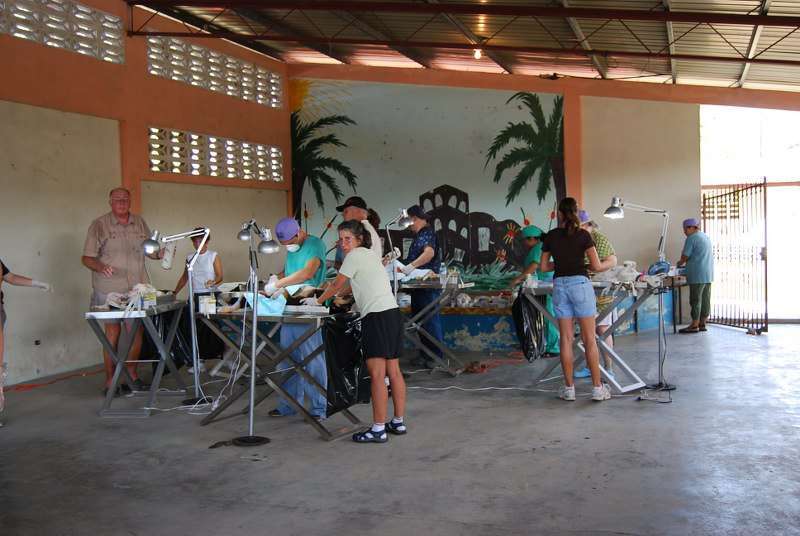 Title
Title
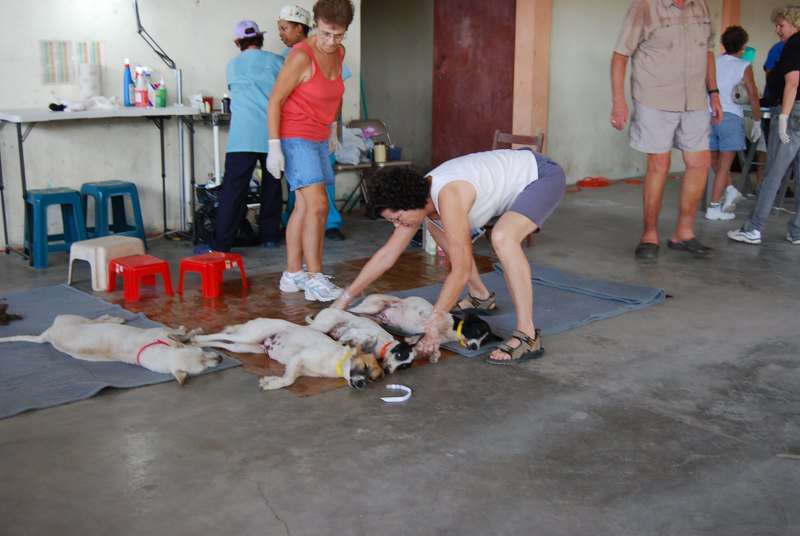 Title
Title
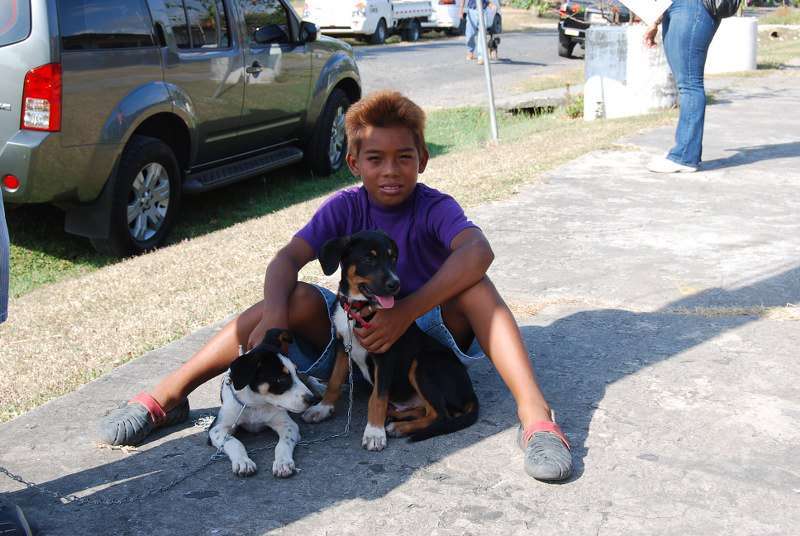 Title
Title
 Title
Title
 Title
Title
 Title
Title
 Title
Title
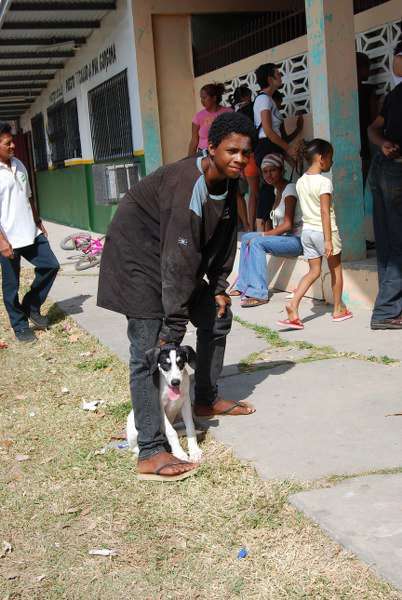 Title
Title
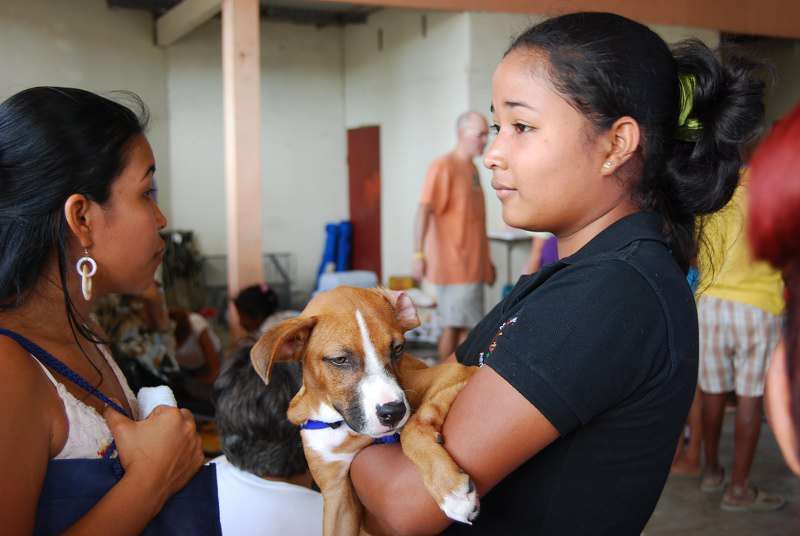 Title
Title
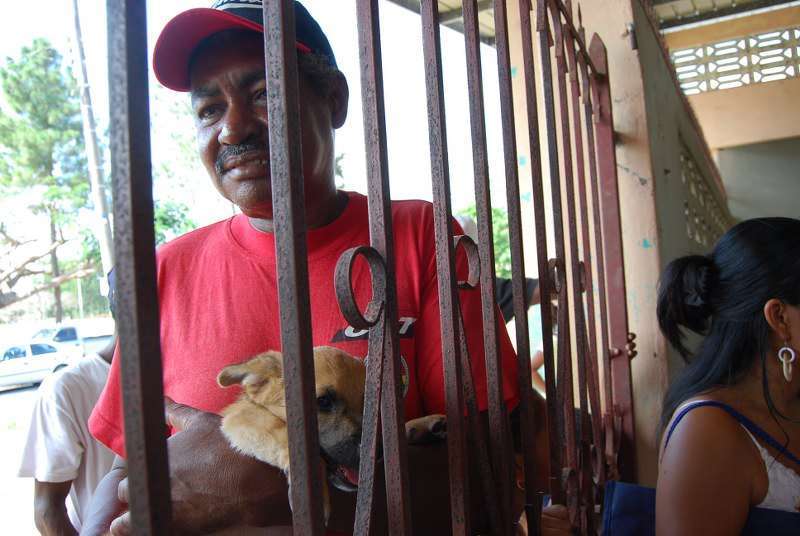 Title
Title
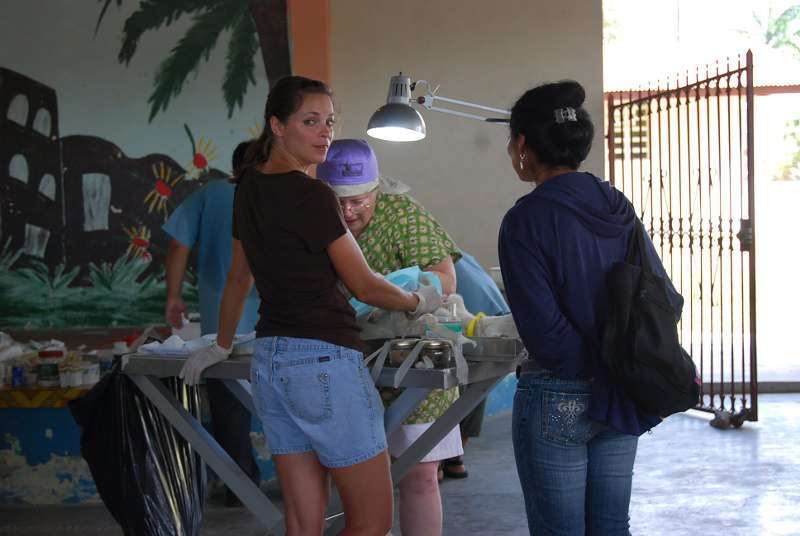 Title
Title
 Title
Title
 Title
Title
 Title
Title
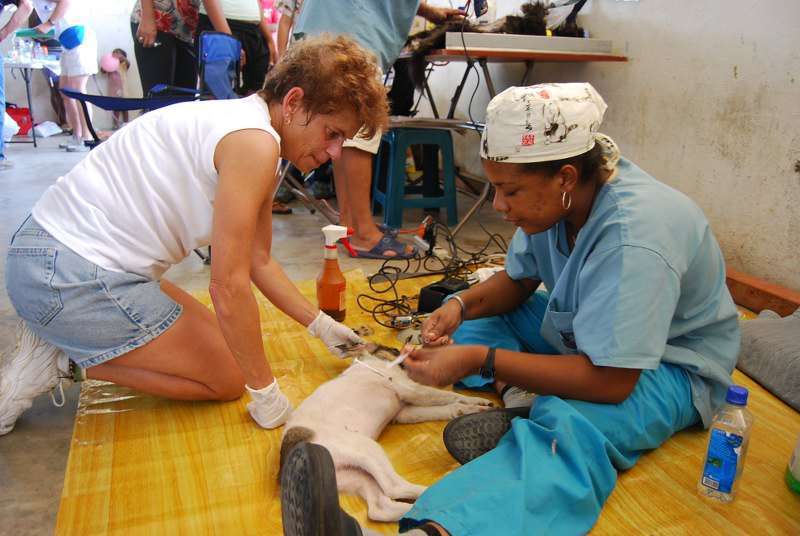 Title
Title
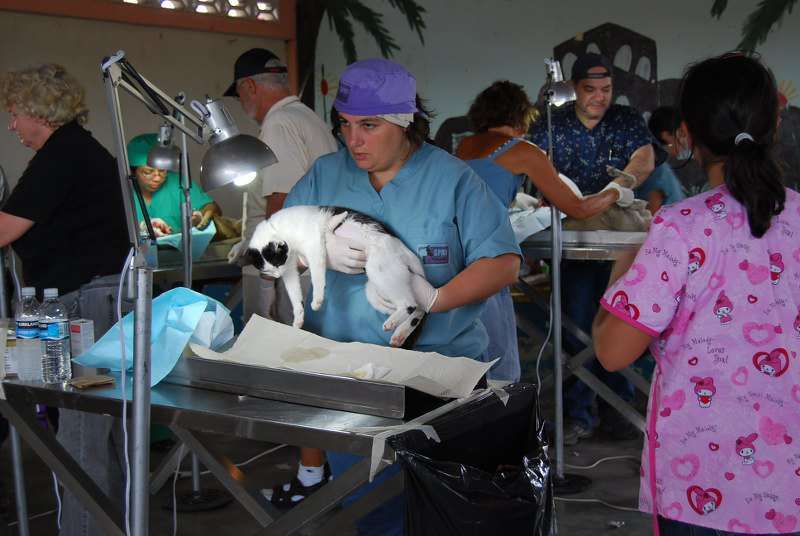 Title
Title
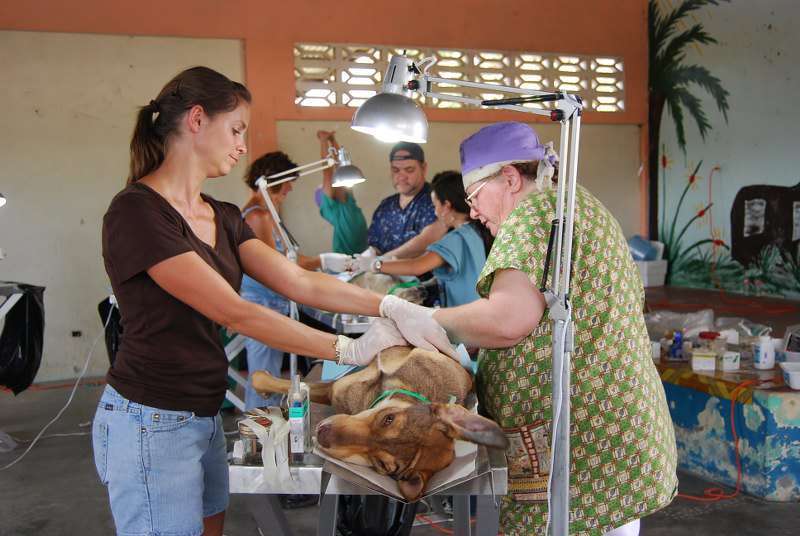 Title
Title
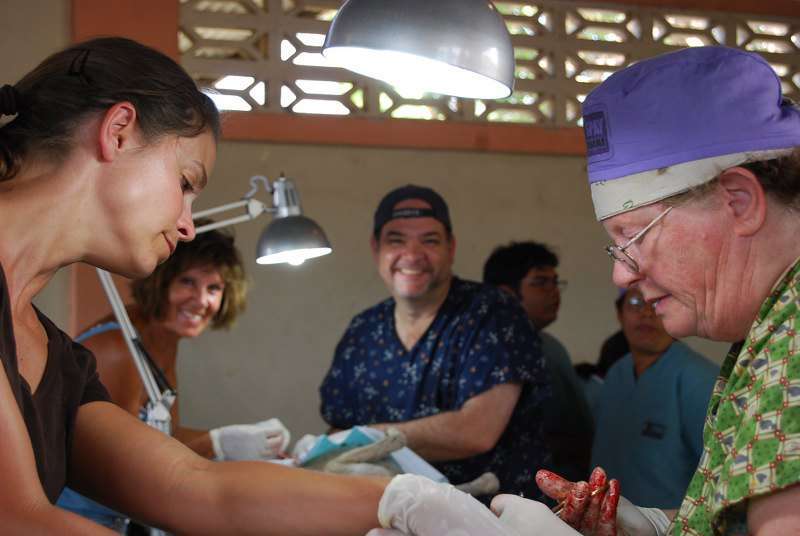 Title
Title
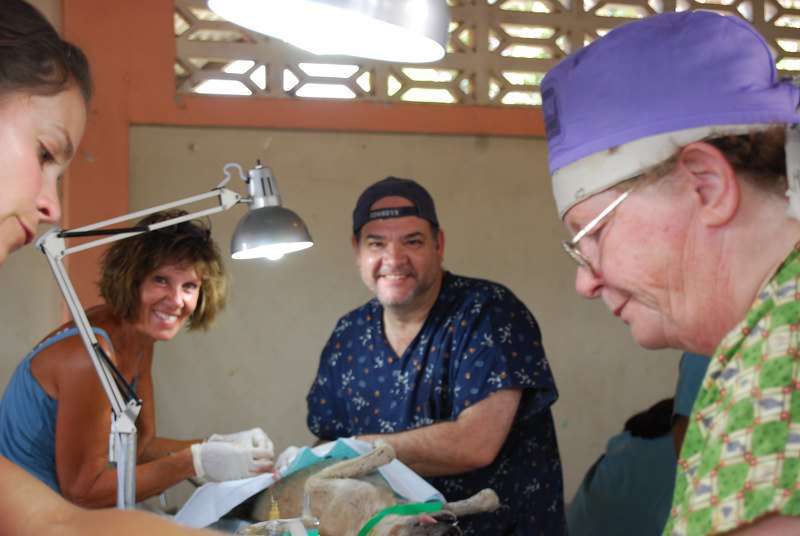 Title
Title
 Title
Title
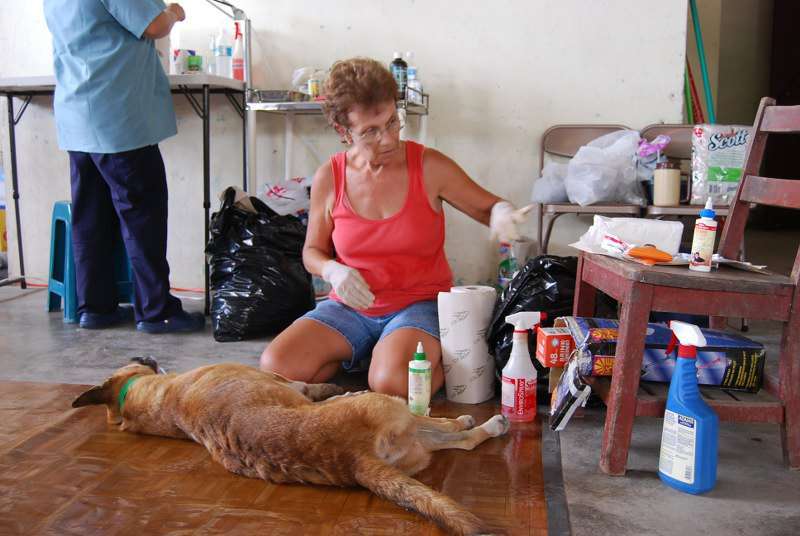 Title
Title
 Title
Title
 Title
Title
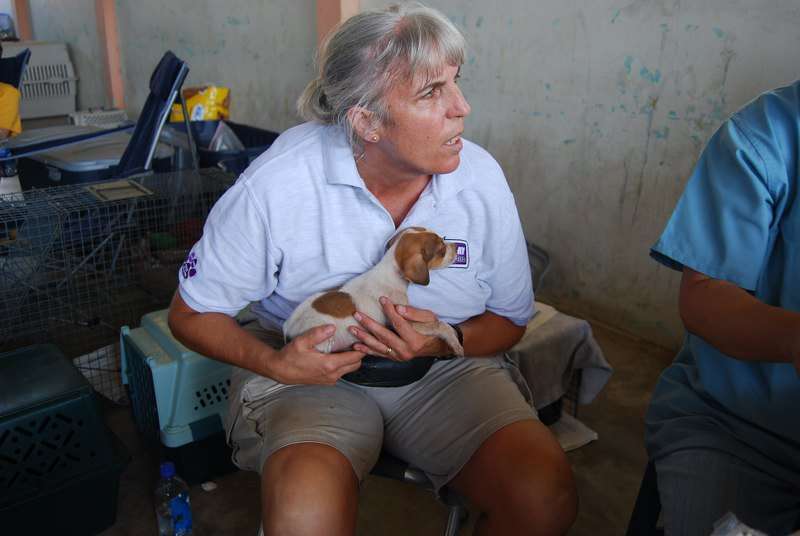 Title
Title
 Title
Title
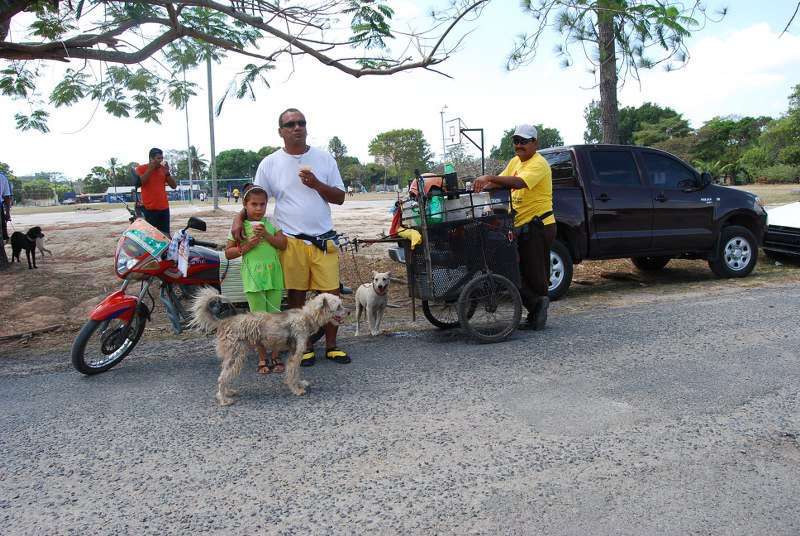 Title
Title
 Title
Title
 Title
Title
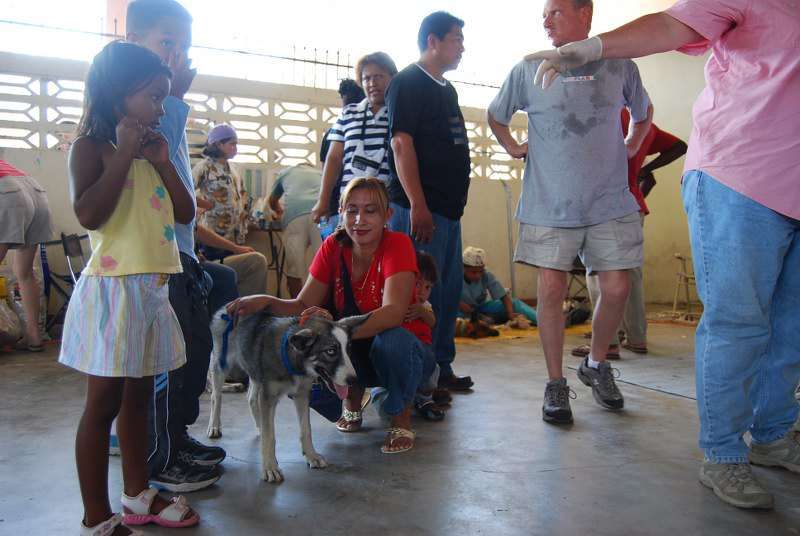 Title
Title
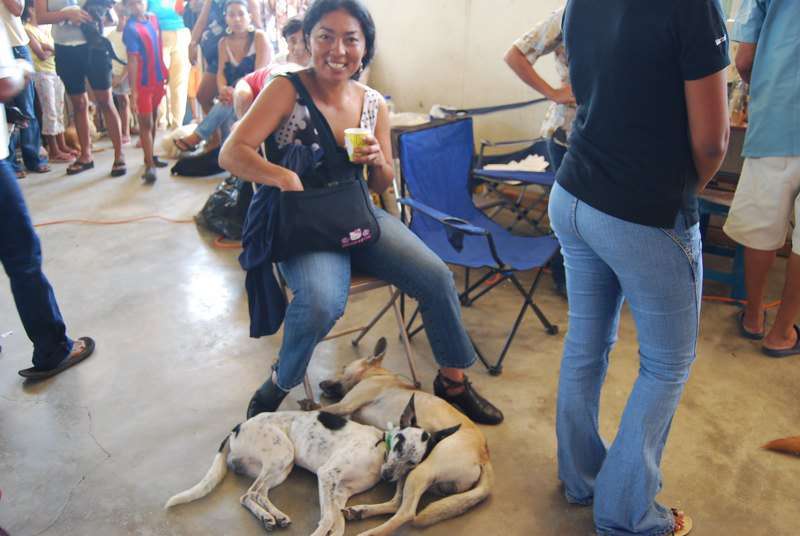 Title
Title
 Title
Title
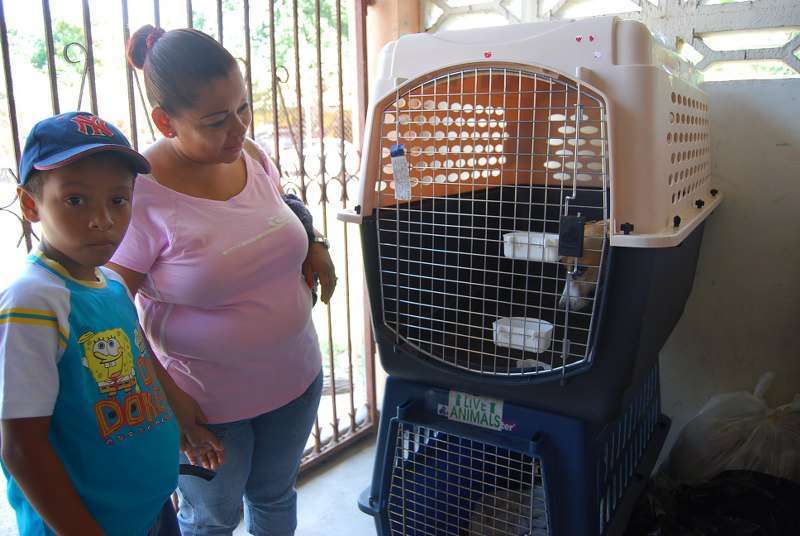 Title
Title
 Title
Title
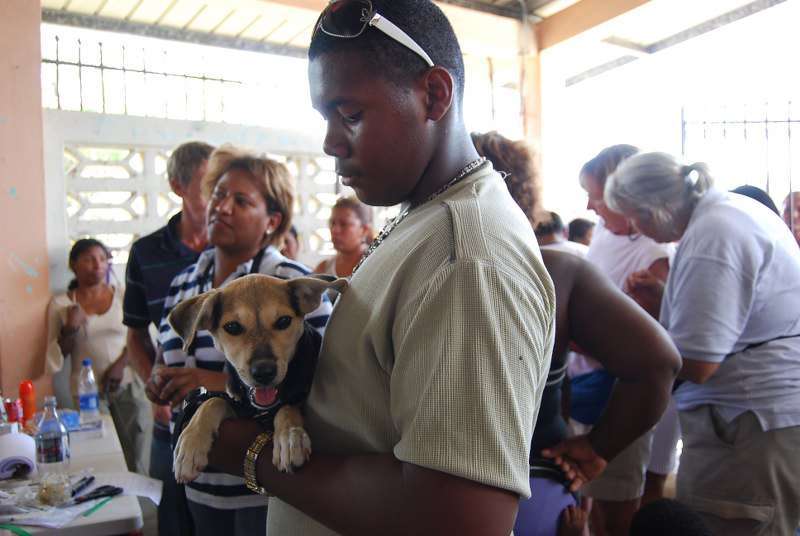 Title
Title
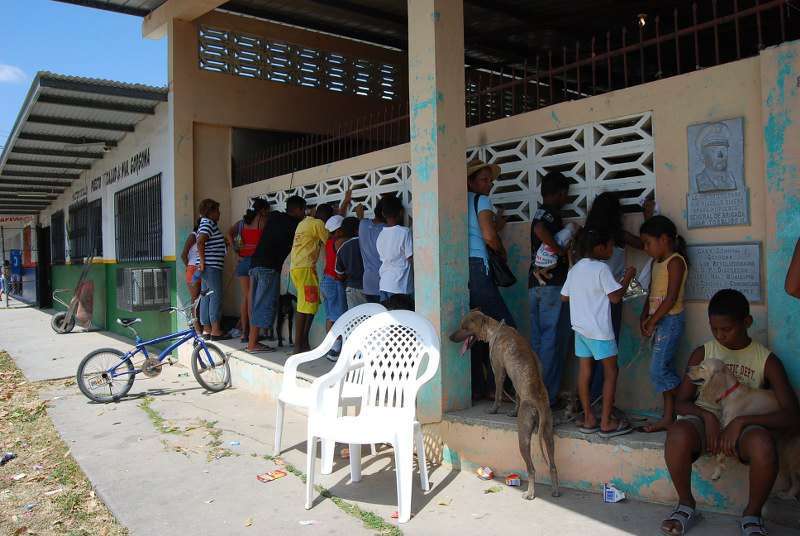 Title
Title
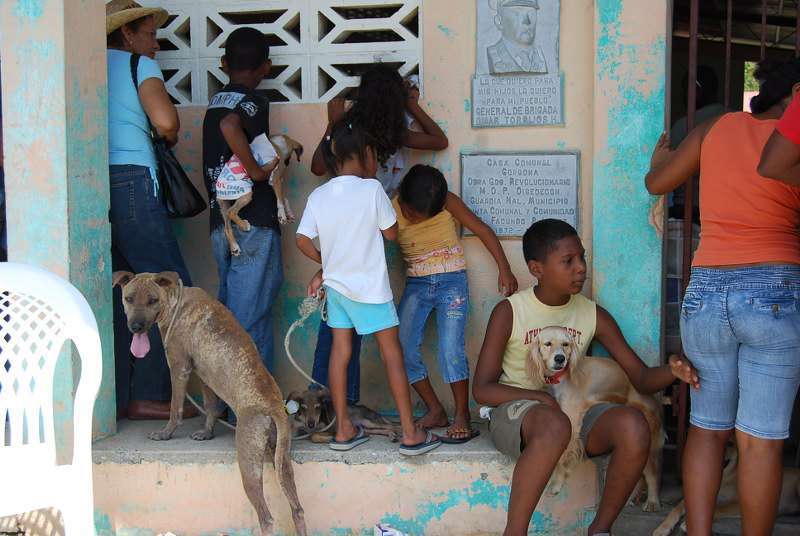 Title
Title
 Title
Title
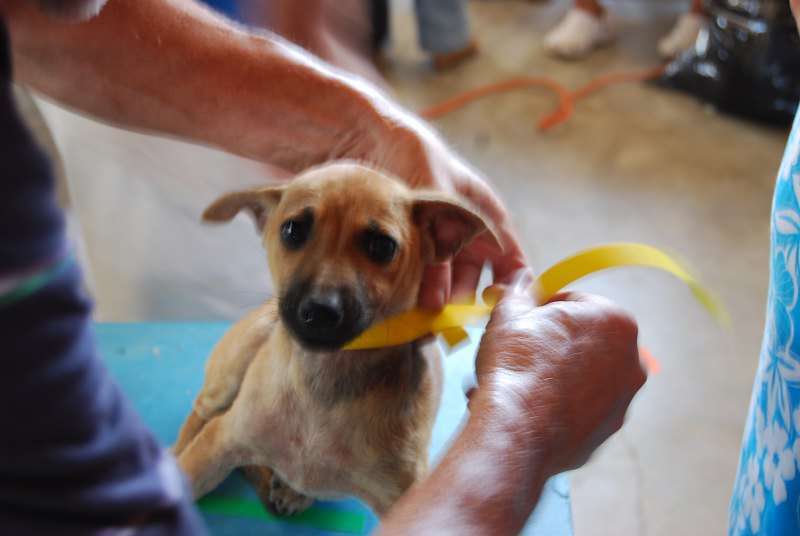 Title
Title
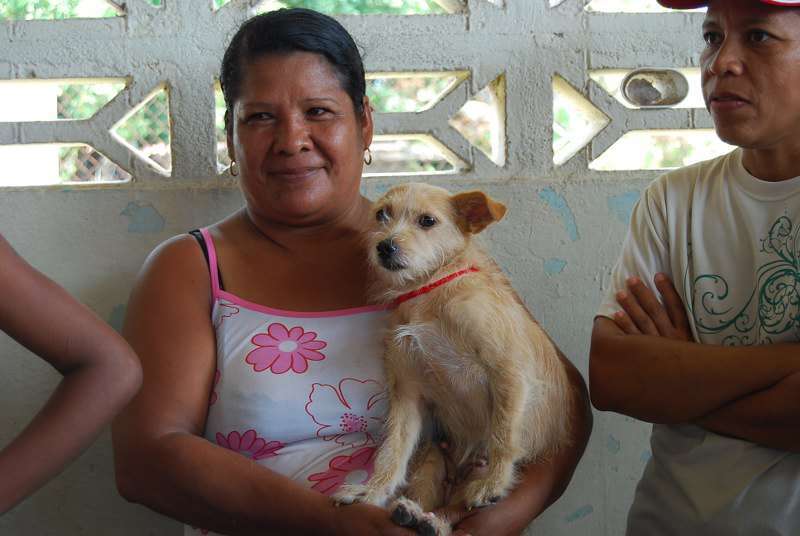 Title
Title
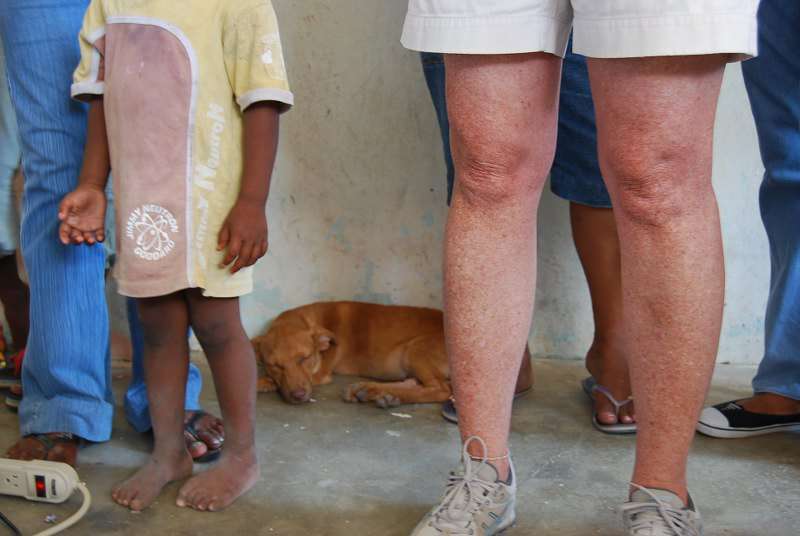 Title
Title
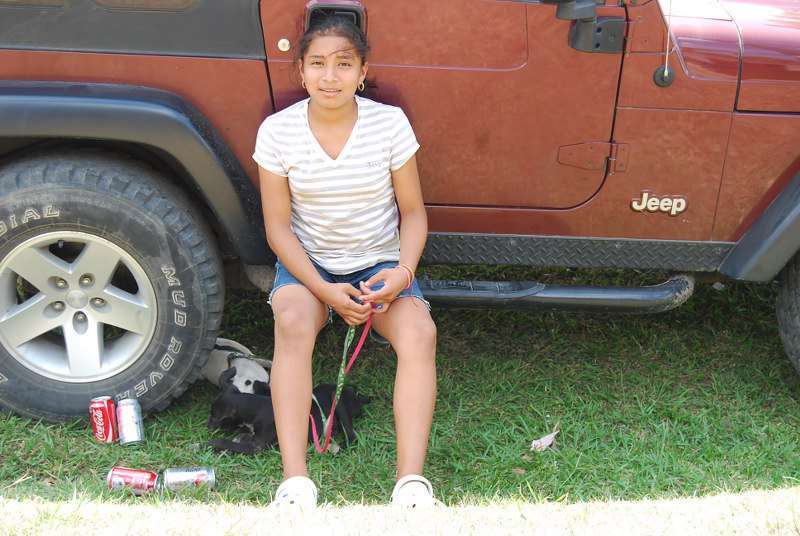 Title
Title
 Title
Title
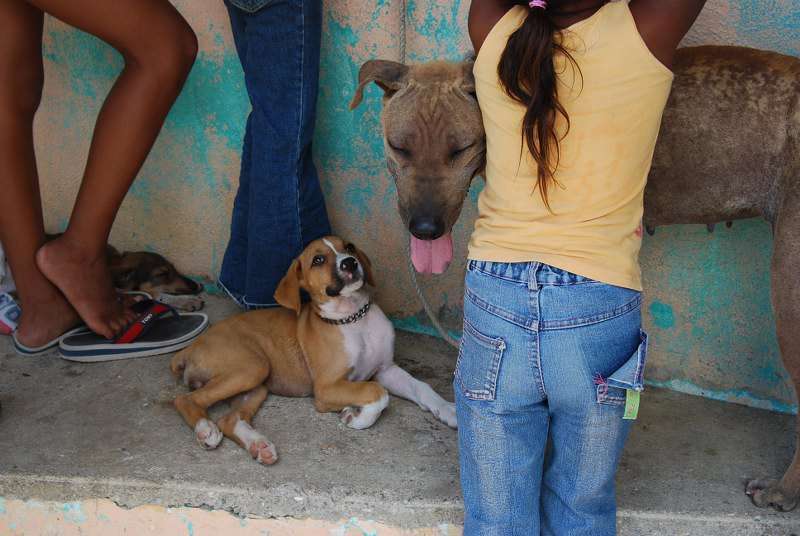 Title
Title
 Title
Title
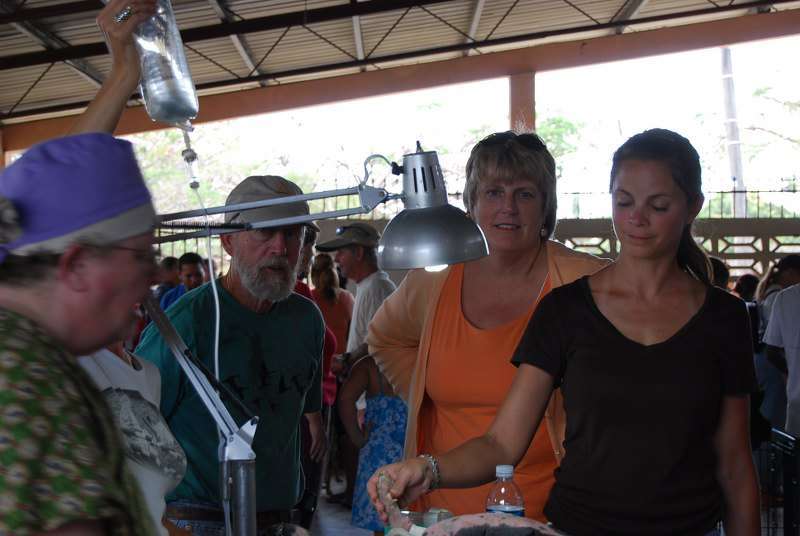 Title
Title
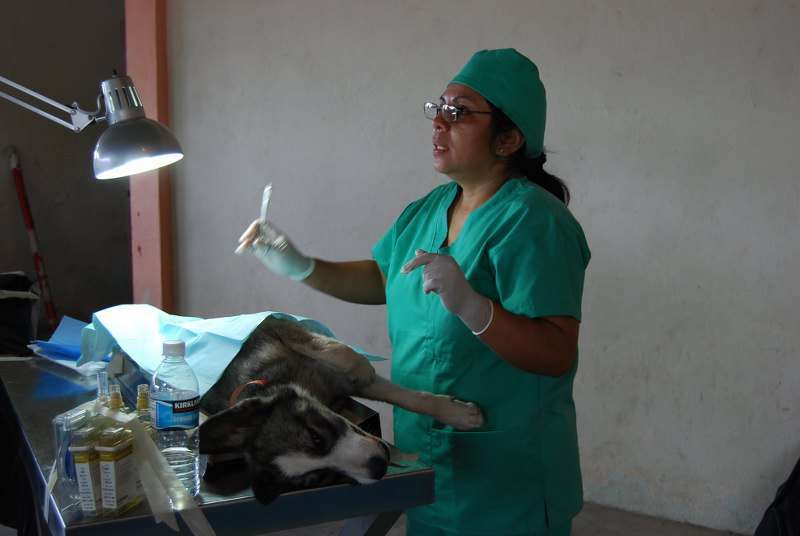 Title
Title
 Title
Title
 Title
Title
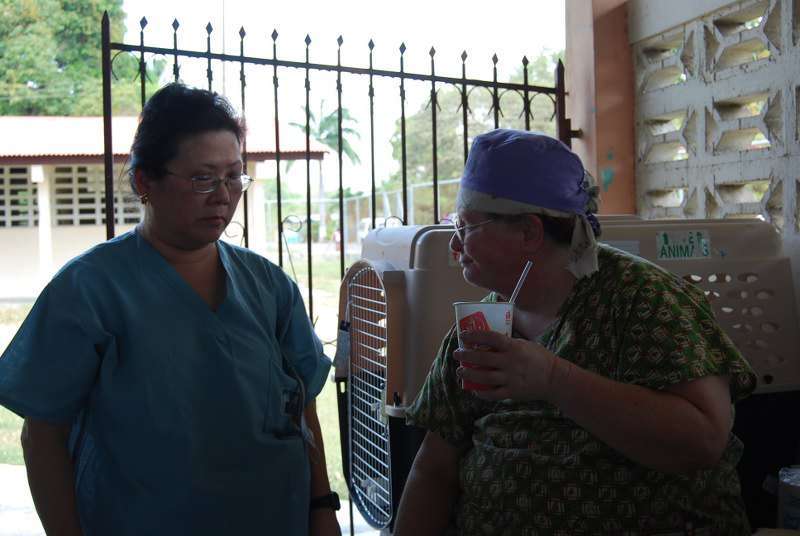 Title
Title
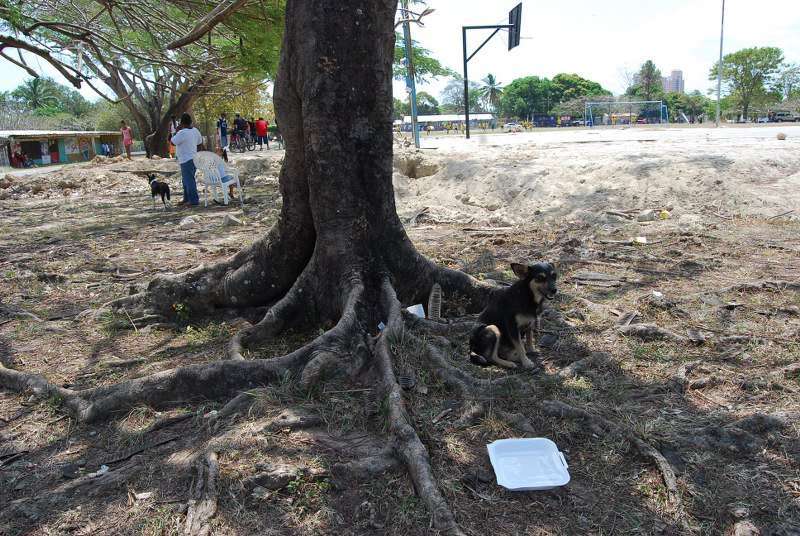 Title
Title
 Title
Title
 Title
Title
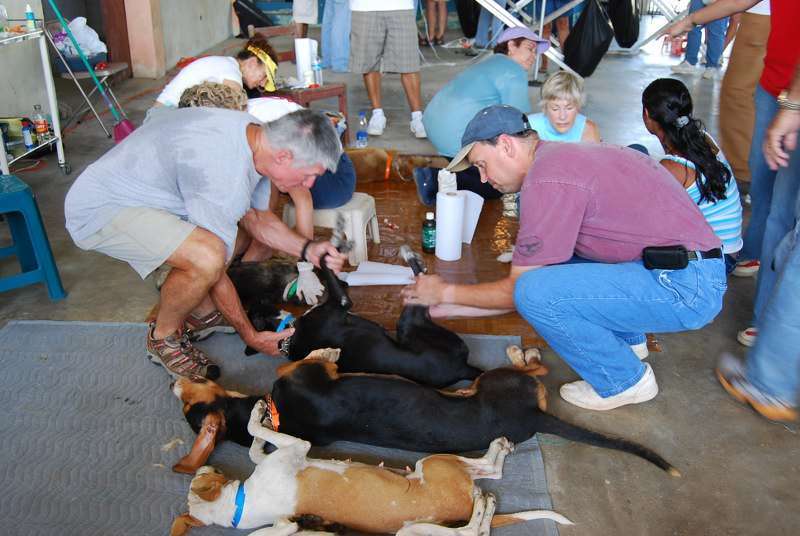 Title
Title
 Title
Title
 Title
Title
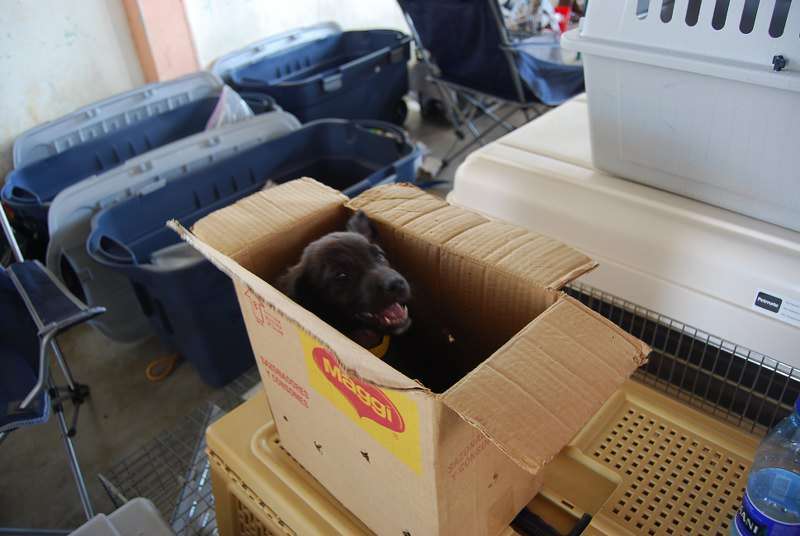 Title
Title
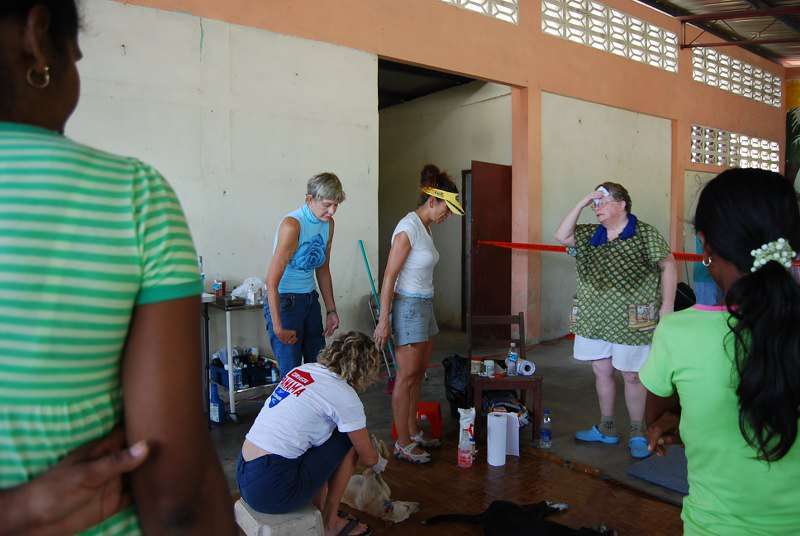 Title
Title
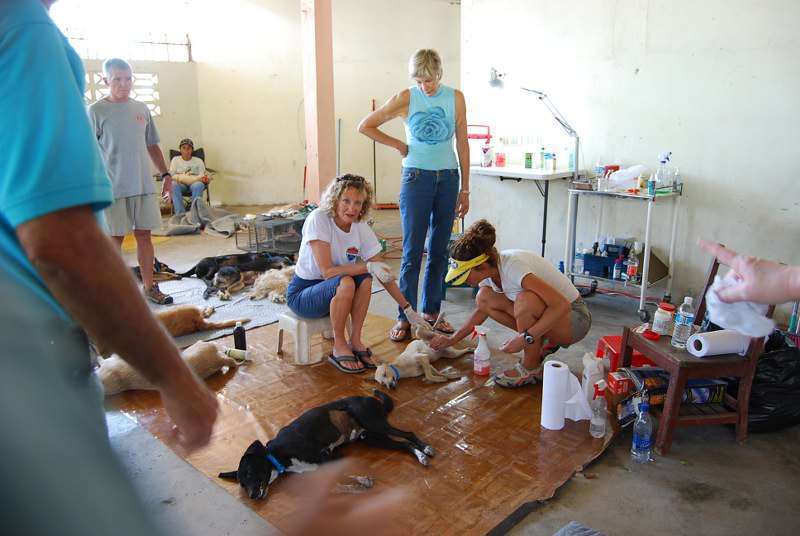 Title
Title
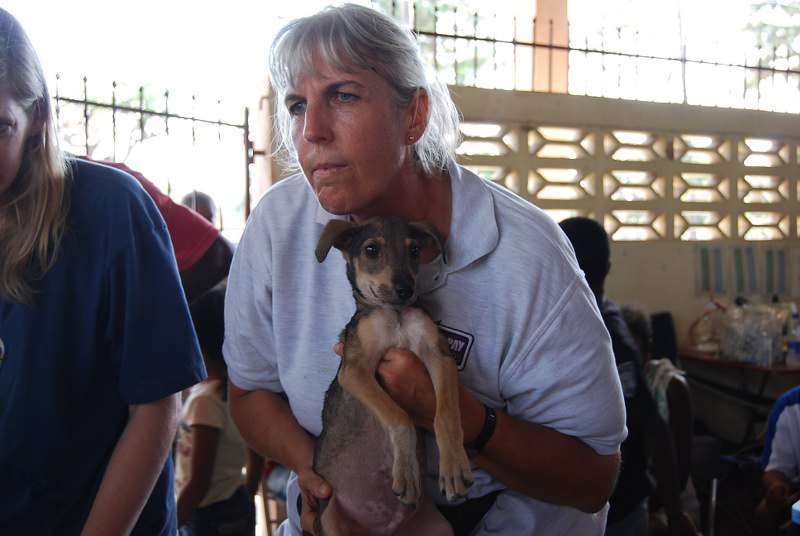 Title
Title
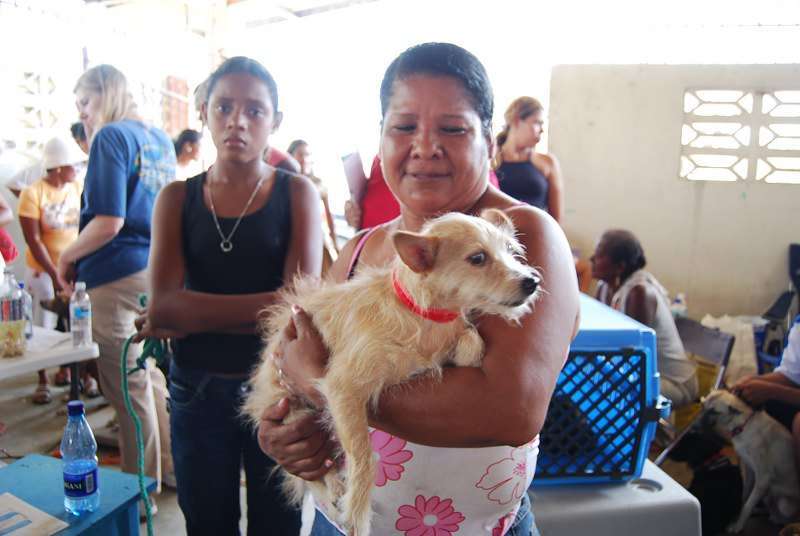 Title
Title
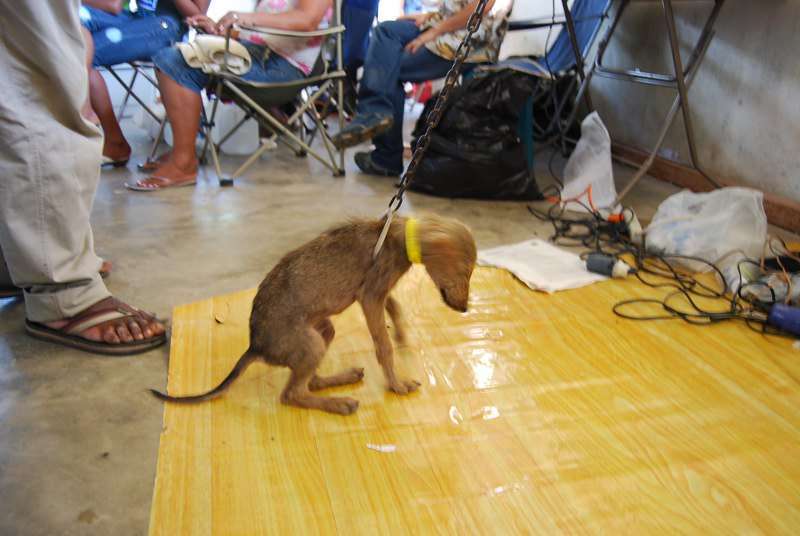 Title
Title
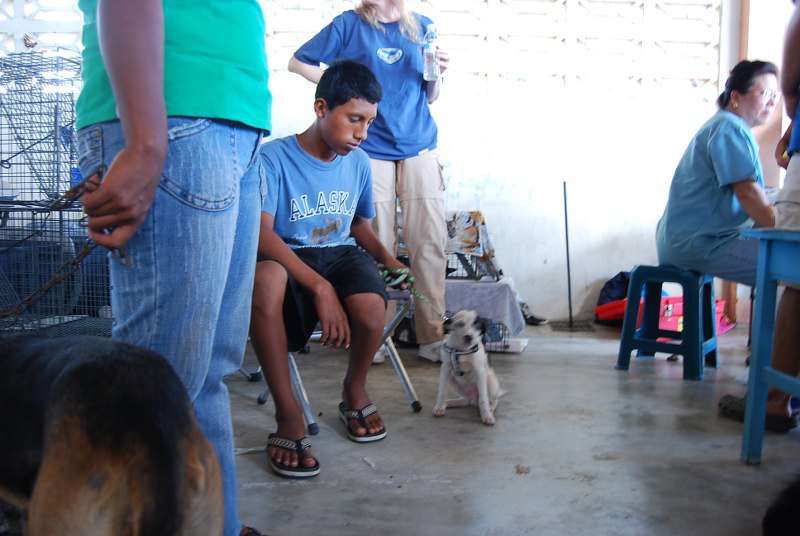 Title
Title
